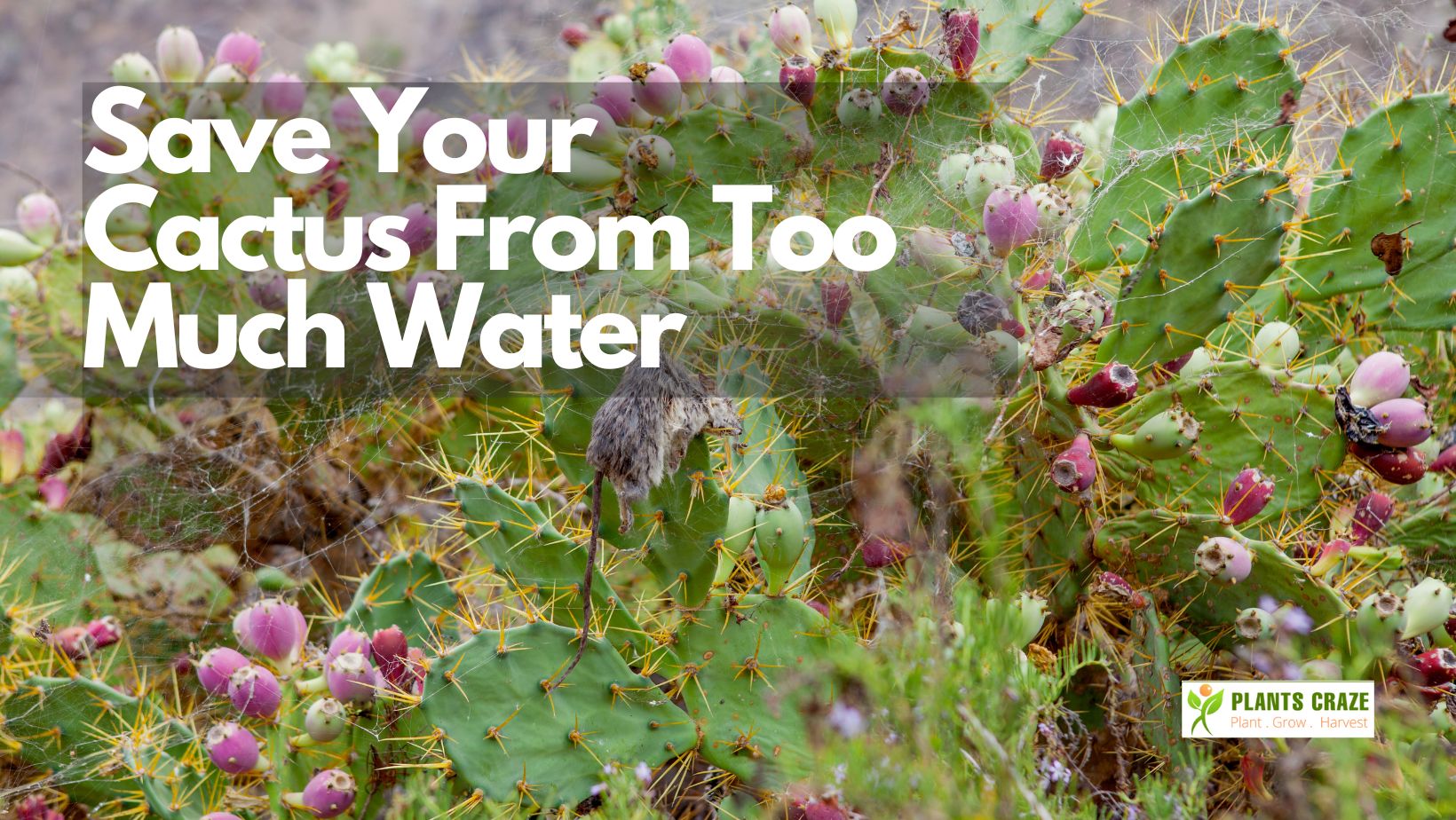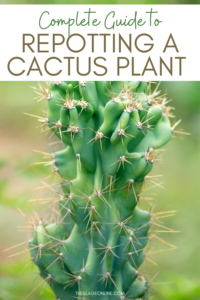Watering cactus plants, while seemingly simple, requires a nuanced understanding of their needs. In their native arid environments, cacti have evolved to thrive on minimal water, making it crucial to adhere to specific hydration guidelines to avoid the detrimental effects of overwatering. This guide delves into the intricate water requirements of cacti, emphasizing the significance of their unique adaptations and the precise care needed for optimal health.
When considering how much water cactus plants require, it’s essential to factor in not only the type of cactus but also the season, the local climate, and the growing medium in which they are planted. Cacti display a stunning diversity, from the towering Saguaro to the petite Mammillaria, and each species possesses distinctive adaptations that dictate its water intake.
One must appreciate that, despite their reputation for being low-maintenance, cacti do have specific hydration needs that change throughout the year. Understanding these dynamic needs is vital for any cactus enthusiast.
Understanding Cactus Physiology
Cacti are remarkable organisms that have adapted to survive in some of the most desolate environments on Earth. Their physiological traits, such as thick, fleshy stems and waxy skin, allow them to store water efficiently and minimize evaporation. The presence of spines, rather than leaves, further reduces water loss by providing shade and breaking the wind. Additionally, many cacti utilize a form of photosynthesis known as Crassulacean Acid Metabolism (CAM) that enables them to take in carbon dioxide at night, thus conserving water during the scorching daytime temperatures.
These adaptations mean that cacti can withstand long periods without water, typically much longer than traditional houseplants. However, it is crucial to understand the balance needed to keep them healthy and thriving. Overwatering is one of the most common pitfalls for cactus caregivers, leading to root rot and other detrimental conditions.
How Much Water Do Cacti Really Need?
The age-old adage of “less is more” rings exceptionally true when it comes to watering cacti. In general, cacti prefer to be on the drier side. While specific water needs can vary from species to species, most cacti benefit from infrequent and deep watering during their growing season, which typically spans from spring to early fall. During this period, you should check the soil moisture regularly.
A good rule of thumb is to allow the top one to two inches of soil to dry out completely before watering again. When you do water, ensure that you provide a thorough soaking, allowing the water to permeate down to the root zone, where it is needed most. Conversely, during the dormant winter months, reduce watering drastically, often to once every month or two. Some cacti may not require any water at all during this period, depending on their specific needs and the surrounding environmental conditions.
Seasonal Differences in Watering
Understanding the seasonal changes is pivotal in determining how much and how often to water your cacti. As mentioned earlier, spring and summer are growth periods, and cacti demand more water. During these months, humidity levels may also rise, impacting how quickly the soil dries out. Conversely, in autumn and winter, temperatures drop, and many cacti enter a state of dormancy. Reducing their water intake is essential to prevent root rot and to maintain the plant’s health.
It is also important to consider the growing conditions of cacti. For instance, plants grown indoors may require less frequent watering than those cultivated outdoors due to factors like humidity levels and exposure to sunlight. Factors such as the size of the pot and type of soil can also influence the watering schedule. Soil that drains quickly will necessitate more frequent watering compared to a heavier mix that retains moisture.
Signs of Overwatering
Many gardeners fall victim to the misconception that cacti need to be watered frequently, leading to overwatering. One of the most telltale signs of overwatering is yellowing or mushy stems, which indicate that the roots are struggling due to excess moisture. Additionally, if your cactus appears to be wilting despite being watered regularly, this could also suggest that it has been receiving too much water.
To rectify situations of overwatering, begin by allowing the soil to dry out completely. In severe cases, it may be necessary to repot the cactus in fresh, dry soil to prevent further decay. Regularly inspecting your cactus and learning to recognize the symptoms can help correct watering issues before they become dire. Remember, it’s always better to err on the side of caution when it comes to watering.
Conclusion: The Art of Cactus Care
Successfully caring for cacti hinges on understanding their unique watering needs. By respecting their natural adaptations and acknowledging the necessary adjustments according to seasonal changes, one can promote robust growth in these extraordinary plants. Regular observation and a careful approach to watering will help ensure that your cactus thrives, avoiding the pitfalls of overwatering while cultivating a healthy and vibrant plant. With the right knowledge and care, your cacti can flourish and bring a touch of the desert’s allure into your home.





Leave a Comment